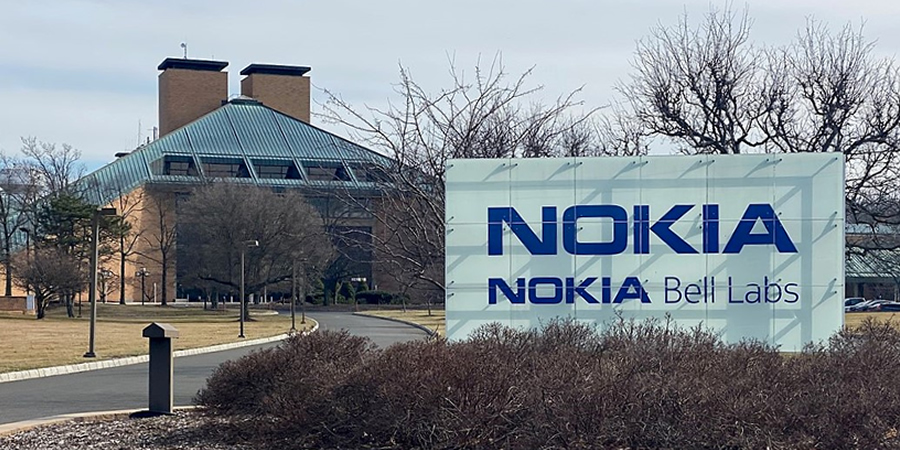Nokia Bell Labs announced that its researchers have set the world record for the highest single carrier bit rate at 1.52 Terabits per second (Tbit/s) over 80 km of standard single mode fiber - the equivalent of simultaneously streaming 1.5 million YouTube videos – which is four times the market’s current state-of-the-art of approximately 400 Gigabits per second. This world record, along with other optical networking innovations announced recently, will further strengthen Nokia’s ability to develop networks for the 5G era that meet the ever-growing data, capacity and latency demands of industrial Internet of Things and consumer applications.
Marcus Weldon, Nokia CTO and president of Nokia Bell Labs, said, “It has been fifty years since the inventions of the low-loss fiber and the associated optics. From the original 45 Megabit-per-second systems to more than 1 Terabit-per-second systems of today – a more than 20,000-fold increase in 40 years – to create the fundamental underpinning of the internet and the digital societies as we know it. The role of Nokia Bell Labs has always been to push the envelope and redefine the limits of what’s possible. Our latest world records in optical research are yet another proof point that we are inventing even faster and more robust networks that will underpin the next industrial revolution.”
The highest single-carrier bit rate at 1.52 Terabits per second was set by a Nokia Bell Labs optical research team led by Fred Buchali. This record was established by employing a new 128 Gigasample/second converter enabling the generation of signals at 128 Gbaud symbol rate and information rates of the individual symbols beyond 6.0 bits/symbol/polarization. This accomplishment breaks the team’s own record of 1.3 Tbit/s set in September 2019 while supporting Nokia’s record-breaking field trial with Etisalat.
Nokia Bell Labs researcher Di Che and team also set a new data-rate world record for directly modulated lasers (DML), which are crucially important for low-cost, high-speed applications such as datacenter connections. The DML team achieved a world record data rate beyond 400 Gbit/s for links up to 15 km.
In addition to these world records, Nokia Bell Labs researchers have also recently achieved significant achievements in optical communications, including:
- The first field trial using spatial-division-multiplexed (SDM) cable over a 2,000km span of 4-core coupled-core fiber was achieved by researchers Roland Ryf and the SDM team. The experiments clearly show that coupled-core fibers are technically viable, offer high transmission performance, while maintaining an industry standard 125-um cladding diameter.
- A research team led by Rene-Jean Essiambre, Roland Ryf and Murali Kodialam introduced a novel new set of modulation formats that provide improved linear and nonlinear transmission performance at submarine distances of 10,000 km. The proposed transmission formats are generated by a neuronal network and can significantly outperform traditional formats (QPSK) used in today’s submarine systems.
- Researcher Junho Cho and team experimentally demonstrated capacity gains of 23% for submarine cable systems that operate under electrical supply power constraints. The capacity gains were achieved by optimizing the gain shaping filters using neural networks.
The researchers that achieved the world record and research results are part of Nokia Bell Labs’ Smart Optical Fabric & Devices Research Lab, which designs and builds the future of optical communications systems, pushing the state-of-the-art in physics, materials science, math, software and optics to create new networks that adapt to changing conditions and go far beyond today’s limitations.










